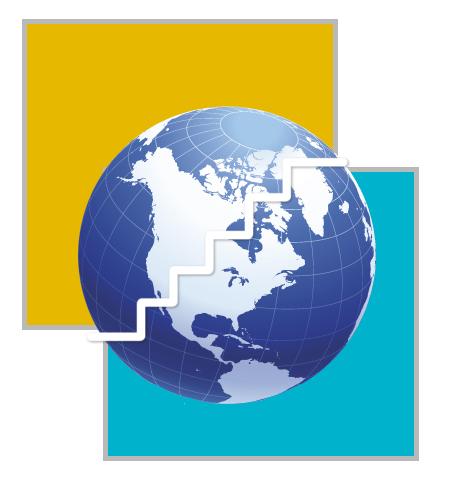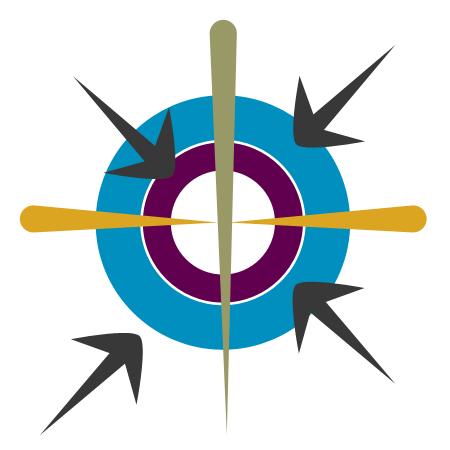MEDIA
 | ||
Water availability on per capita basis in the Himalayan River Basins of Bangladesh, China, Nepal and India is set to decline in 2030, according to according to The per capita cubic metre basis is likely to decline from 7320 to 5700 in case of Bangladesh in 2030, from 2150 at present to 1860 in case of China, from 8500 to 5500 in case of Nepal and from 1730 to 1240 in case of India, the report said. The report will be formally launched on June 28 at the Singapore International Water Week and be distributed to the participants in an international workshop on the River Basins and Ministers attending the Asia Pacific Water Ministers Conference. The report examines water budgets of the Himalayan Rivers in Bangladesh, China, India and Nepal, for the next 20 years. The report assessed implications of the likely decline 275 Billion Cubic Meters BCM of renewable fresh water in the four countries by 2030 for food security, health, migration, bio-diversity, social stability and interstate relations in the region. The report has proposed instruments of regional cooperation. The report said, about 10 to 20 per cent of the Himalayan Rivers are fed by glaciers-an important source of water in low season. According to some studies, the glaciers will be seriously affected by global warming by 2350 while other estimates suggest that it will take 600-700 years for Himalayan glaciers to deplete While glacial melting will eventually reduce in the river flow in low season, an increase in temperature in some areas will cause heavy precipitation concentrated for a few days during July-September. This will increase the risk of flooding. "In the next 20 years, the four countries in the Himalayan sub-region will face the depletion of almost 275 billion cubic meters (BCM) of annual renewable water. For comparison, this is more than the total amount of water available in one of the countries-Nepal-at present. At the same time, demand will increase due to growth of population and economic development. As a result, China will experience an annual water deficit of 50-100 BCM in 2030 at a relatively low utilization rate of 28 percent in 2030 and India's water surplus will become half to 200-260 BCM despite an unsustainable utilization rate of 61 per cent at that time. Bangladesh and Nepal will also see their water balance shrink," the report said. The report further said that agricultural sector will continue to be the major consumer of water in Bangladesh, China, India and Nepal, although the industrial and domestic sectors will also need water in the future. In China, agriculture consumes about 65 per cent of water. This proportion will decline to 55 per cent by 2030 before rising again slightly around 2050. In India, agriculture accounts for almost 90 per cent of the water usage but this will decline to 70-75 per cent by 2050. Bangladesh and Nepal presently use more than 95 per cent of their water for agriculture and will continue to do so until 2030, the report added. The report further said that in addition to depletion of water resources due to natural reasons, it will not be possible to use the available water resources because of pollution and losses caused by inefficient management. Yellow River Conservancy Committee estimates 34 per cent of the river unfit for drinking, aquaculture aquaculture, the raising and harvesting of fresh- and saltwater plants and animals. The most economically important form of aquaculture is fish farming, an industry that accounts for an ever increasing share of world fisheries production. and agriculture. Published by HT Syndication with permission from The New Nation. For more information on news feed please contact Sarabjit Jagirdar at [email protected] Copyright The New Nation Provided by Syndigate.info an Albawaba.com company |





